VOL.55
August 2019


ICT Trend — High-performance processor technology
Korean Processor
Aldebaran Opens
Door to Technology Independence
High-performance processor technology
In the era of the 4IR, our everyday life is closely related to sensors, and we need high-performance CPUs to process the data provided by numerous sensors. This can be compared to using a high-performance PC in a car. This high-performance CPU will help self-driving cars run through expressways more safely and more conveniently.
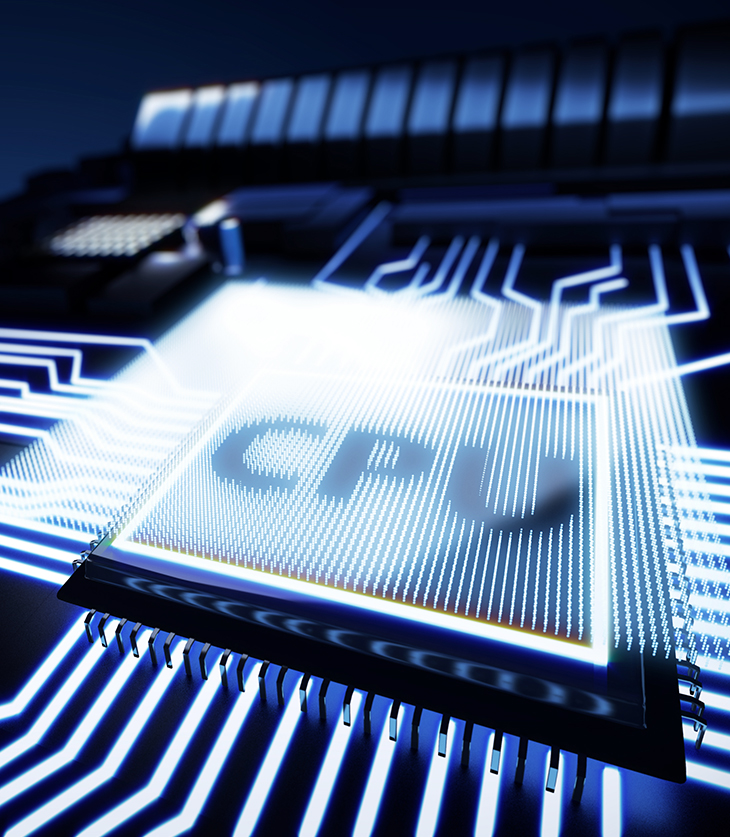
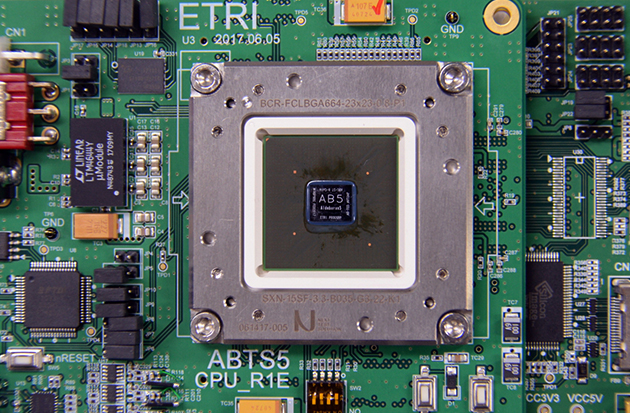
Aldebaran, the high-performance self-driving processor developed by ETRI researchers
Aldebaran to further develop autonomous driving
In 2017, a team of ETRI researchers developed a high-performance processor as core technology for self-driving cars. This processor, called Aldebaran, is a GHz-level processor (CPU) exclusively for operating self-drivingcars at low power. Aldebaran is the name of one of the brightest, first-magnitude stars. The researchers named the CPU Aldebaran, wishing their development to become a stellar achievement in the world.
The processor developed by the research team is a core semiconductor technology. In 2017, the researchers said in an interview that they promise to upgrade the processor to make it the world’s best, and they indeed did so. As the researchers substantially upgraded the high-performance processor for self-driving cars developed in 2016, the processor will be able to process data collected from all sensors of self-driving cars within a single chip.
More specifically, the researchers developed a processor chip that can recognize images necessary for self-driving cars and perform the controlling functions at the same time, with the world’s lowest power consumption, not exceeding 1 watt. With GHz-level performance, the processor is able to perform 9 billion arithmetic operations per second.
Processors consuming more power are more likely to have breakdowns and limited battery performance. In addition to addressing these issues, the researchers became the world’s first to satisfy the stability requirements set by the ISO. Various factors determine the performance of self-driving cars, but such a core processor had never before been developed by Korean researchers. In this respect, the recent research achievement is significant in that the new processor was developed domestically unlike in the past.
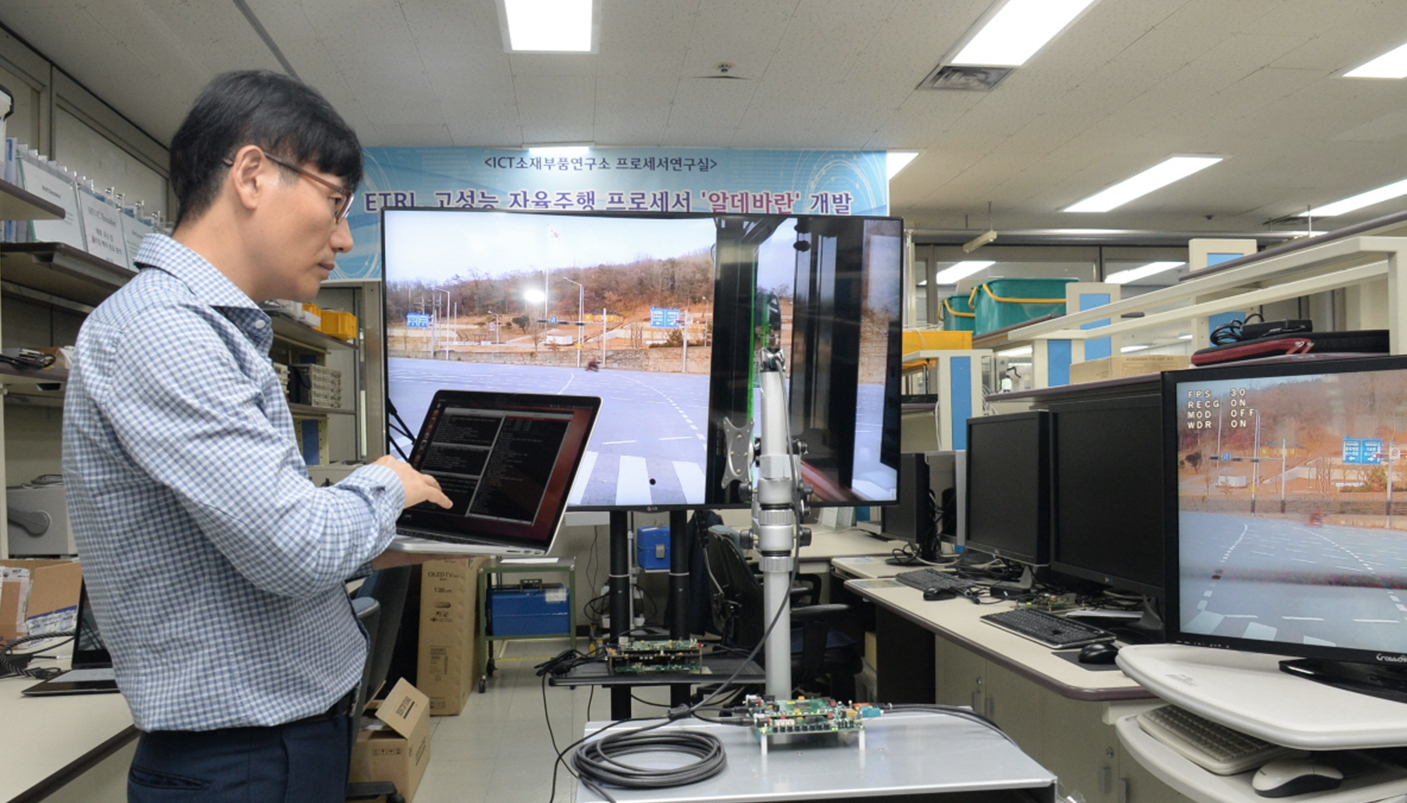
Researchers making clear, high-resolution, high-capacity images with Aldebaran
Aldebaran, innovative semiconductor technology for cars
The ETRI researchers further improved the performance by increasing the number of processor cores from 4 to 9 in 2017. This means that 18 commands can be simultaneously processed. The researchers had promised such improvement in 2016. As the brain of the system increased to more than double, the speed of data processing became faster as well. The new chip can also process clearer, more vivid and larger images. The processor is now able to work with various image equipment, which significantly increases reliability in the area of safety, an essential factor for self-driving cars. This world-class performance is of course of significance, but it is more important as a processor design asset (IP) made by Korean technology. For self-driving cars, which are critical to human lives, it is highly important to accurately and safely process the data collected from various sensors. To produce a processor as big as half a nail, one that integrates 160 million transistors, the researchers’ numerous research achievements should be combined.
With the improved performance, the processor’s recognition function has significantly improved, too. Currently, it can not only process UHD-quality images in real time, but also recognize vehicles, pedestrians, lanes and movement. Moreover, the researchers have successfully completed an experiment for recognition of Radar and GPS signal processing. This recognition function also applies to Lidar and ultrasonic waves. The researchers made the processor chips into a single chip that can recognize movement based on the camera image processing function and the enhanced advanced driver assistance system (ADAS). The chip can also work as a black box so that it can save and play the images of self-driving cars to ensure car security or provide evidence of accidents. To support the UHD-quality resolution, the processor contains a high-efficiency video coding (HEVC) function that satisfies the international standard. The number of processor cores satisfying the international standard for functional safety (ISO 26262) was increased from 2 to 4 in 2017. This makes it easier to operate software for different functional aspects of safety.
This system can be used to facilitate recognition of risks such as potential collisions. The processor-embedded chip satisfies more than 99% of the error prevention rate set by the criteria for international standards. For instance, when a car’s accident from sudden unintended acceleration results in a breakdown of electronic devices, Aldebaran identifies the problem and solves 99% of it. This means that a semiconductor chip is now able to control breakdown of a vehicle on its own. This is truly innovative semiconductor technology for cars. The research team will continue working to develop a semiconductor necessary for services required by expensive state-of-the-art vehicles such as self-driving cars. The recently developed Aldebaran has world-class performance. As highlighted earlier, the Korean researchers were able to make a one-chip processor, whereas global competitors produce separate chips. The embedded modules cost hundreds of thousands of won. The new technology is expected to lower the price to tens of thousands of won, which will strengthen Korea’s price competitiveness.
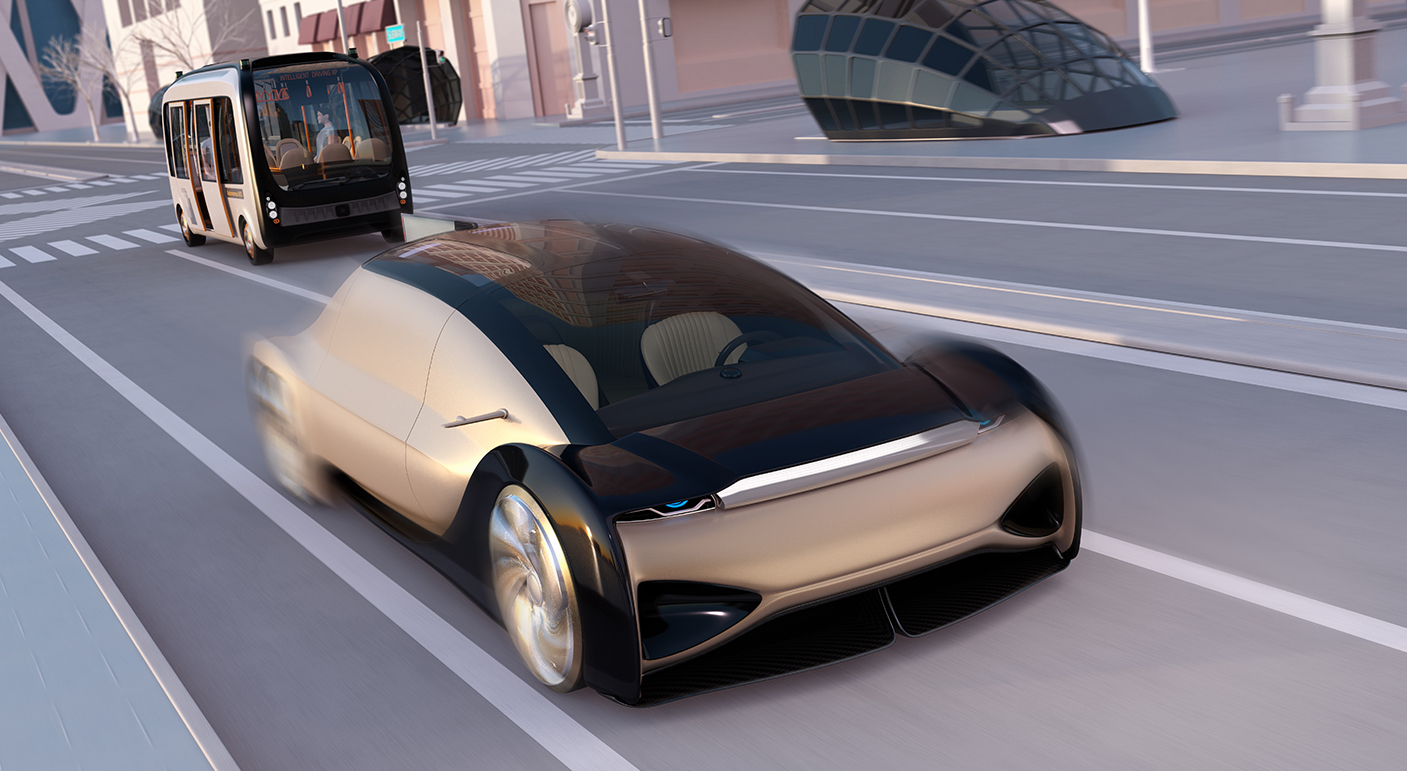
ETRI, the powerhouse for technology innovation
The ETRI research team plans to use neural network technology to produce a chip integrating image recognition engine and ultra-high-performance AI technology. To make the processor an application processor that can be applied to information devices in the era of AI, the researchers have completed the design for image recognition function in real time with low power. They added that, in 2019, they will produce an AI processor with image recognition engine performance that is more than 100 times improved.
These research achievements were made possible by the Processor Research Group at ETRI. “Our goal is to make the processor accurately recognize all moving objects just like humans do,” noted the research team. “We will be able to develop a chip that can enable machines to identify a destination from conversations among people and find a way by themselves.”
At a time when AI semiconductor has emerged as new technology worldwide and when the Korean intelligent semiconductor industry has somewhat stagnant growth, this new processor technology is regarded as a new engine to lead the future market. To add more value to their research goals, the research team has one last task: loading AI in a chip. Since the key element of self-driving cars is safety, AI technology becomes essential to enhance accuracy and reliability. As a high-performance safe processor semiconductor, Aldebaran will be able to realize safer electronic system.
According to Gartner, global sales in the semiconductor market amounts to USD 343.6 billion, or almost KRW 390 trillion, which is close to the Korean government’s annual budget. Korea is recognized as the leading country in the memory semiconductor industry, but memory accounts for only 23% of the entire semiconductor sector with sales of USD 78.6 billion. This means that non-memory semiconductor market is more profitable and promising, and one section of that market is the processor semiconductor area. However, Korea is still purchasing semiconductor designs from other countries for an expensive price.
Against this backdrop, ETRI has cooperated with SMEs to pioneer the untrodden parts of the semiconductor market and open a new market with high added value. Following its release of the Aldebaran processor, ETRI is receiving much attention not only Korean, but also overseas companies. The door to technology independence is opening inch by inch. This is particularly welcoming for a country whose exports largely rely on semiconductor. Technology innovation requires courage to step into the global market ahead of those with existing technology. Experience-based value is important, but it is also important to have leadership of “the first penguin” and a mindset of a “game changer.” The only way to the world’s highest position is to stop following others and instead arm ourselves with continuous innovation, reliability, and technology leadership.
This article is quoted from Technology That Will Change the World, Future Brought by Digital Technology, ETRI’s Easy IT series (2018).
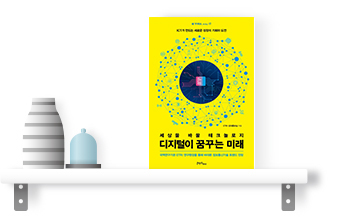
Future Brought by Digital Technology
Written by Kilho, Chong · ETRI's Public Relations Section Published by Contentshada
Future Brought by Digital Technology issued by ETRI aims to help readers better understand what the Fourth Industrial Revolution means to them and to introduce various ICT trends so that readers can have a fascinating glimpse of what might happen in the near future. This book will be a reliable guide for anyone who wants to learn and understand how to adapt to the rapidly changing, unpredictable world driven by technological innovations and flexibly respond to risks that might be faced going forward.



